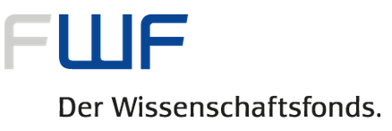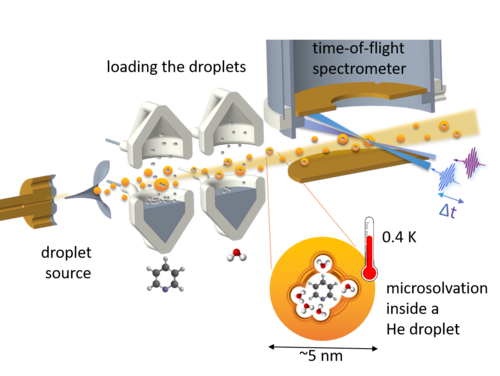
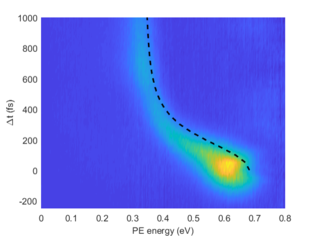
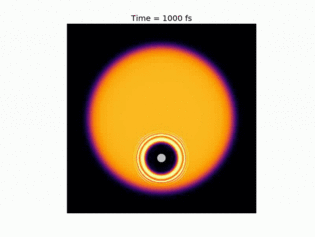

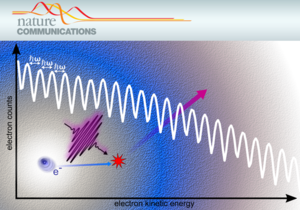
[5] Observation of laser-assisted electron scattering in superfluid helium
L. Treiber, B. Thaler, P. Heim, M. Stadlhofer, R. Kanya, M. Kitzler-Zeiler, M. Koch
Nat Commun 12, 4204 (2021)
Publications
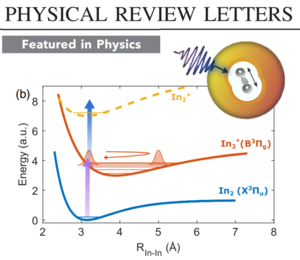
[4] Long-Lived Nuclear Coherences inside Helium Nanodroplets
B. Thaler, M. Meyer, P. Heim, M. Koch
Phys Rev Lett 124, 115301 (2020) | full text
Focus stories: APS Physics magazine | AIP Inside Science
Press coverage: | ChemEurope| Chemie.DE | APA | Der Standard | TU Graz
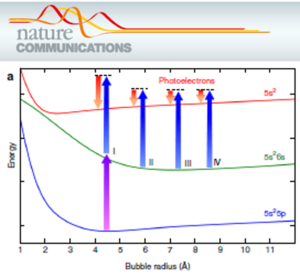
[1] Femtosecond photoexcitation dynamics inside a quantum solvent
B.Thaler, S. Ranftl, P. Heim, S. Cesnik, L. Treiber, R. Meyer, A. W. Hauser, W. E. Ernst, M. Koch
Nature Communications 9, 4006 (2018)
press coverage: Der Standard | ScienceDaily | EurekAlert! |Phys.Org

Markus Koch, Assoc.Prof.,
group leader
markus.koch[at]tugraz.at
+43 316 873-8161
webpage

Leonhard Treiber
PhD student
treiber[at]student.tugraz.at
+43 316 873-4531 - 8163

Michael Stadlhofer
PhD student
m.stadlhofer[at]tugraz.at
+43 316 873-4531 - 8163
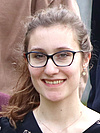
Patricia Brugger
MSc student
patricia.brugger[at]tugraz.at
+43 316 873-4531 - 8163
